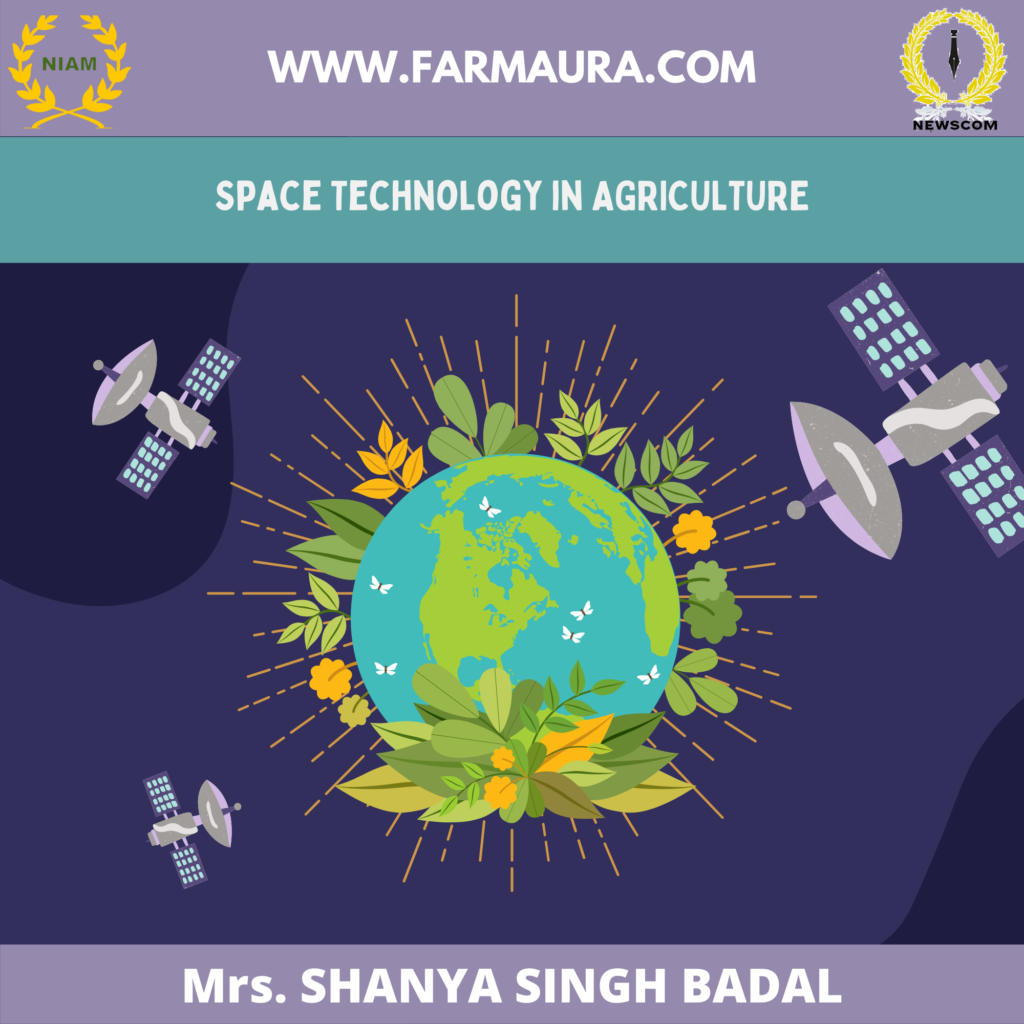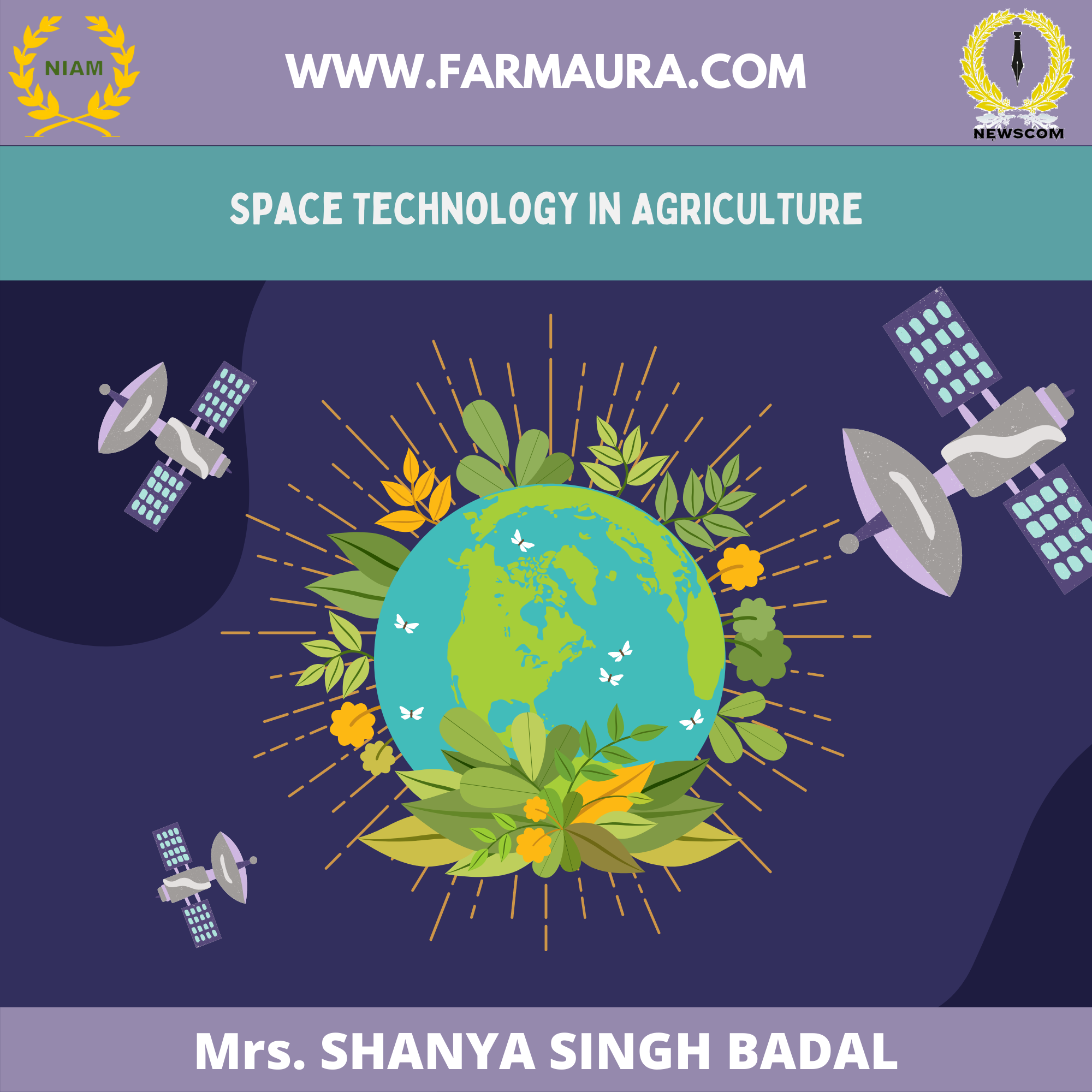
With about a 20% share of GVA(Gross value added) to the entire economy, agriculture and allied sectors are an integral part of the Indian economy. From annual food grain production of 169.92 million tons (1988-89) to 297.5 million tonnes (2019-20), our country has marked an impressive growth of 75% despite agricultural land decreasing at a rate of 30 thousand hectares each year. The export in 2020-21 has witnessed a hike of 17.34% to $41.25 billion. These facts indicate that by taking agriculture very seriously, we not only have achieved food security but also made the country an agriculture powerhouse of the world.
However, the catch to this rosy picture is that the agriculture sector is volatile, uncertain, complex, and ambiguous, and there are lots of risks involved in the whole agriculture life cycle. Availability of timely information on agriculture is vital for making informed decisions on food security issues, and space technology is resurfacing as one of the most crucial risk management tools. The growing population incites an increase in deforestation and other climate change issues. However, we can ensure food security and safety by harnessing the power of satellite imagery and analytics.
India is one of the few countries that uses space technology and land-based observations to generate regular updates on crop production statistics and provide inputs to achieve sustainable agriculture. Programs like “Forecasting Agricultural output using Space, Agrometeorology and Land-based observations (FASAL)” and “National Agricultural Drought Assessment and Monitoring System (NADAMS)” use satellite-based optical and radar imagery in monitoring agriculture. Application of integrated geospatial tools with crop models and in-situ observation networks enables timely crop production forecasts and drought assessment.
Apart from these programs, projects like “INSAT Meteorological Data Processing System; Agro- Met products and applications” and “National Agro-advisory services; Value addition through satellite data and products” aim to provide agro-met products like instantaneous and daily surface isolation, rainfall, land surface temperature, and vegetation index, etc. using the data available through geostationary satellites like Kalpana- 1, INSAT-3A, INSAT-3D.
Agro-climatic risks govern regional food security, expressed through abiotic (water/nutritional) and biotic stress (pests/ diseases). Projects like “Energy and Mass Exchange in Vegetative System under ISRO-GBP” and “Soil- Vegetation-Atmosphere-Fluxes under National Carbon Project ISRO-GBP” aim to quantify these stresses over a large geographical area, predict yield and map vulnerability of food systems using temporal satellite data and optical, thermal and microwave satellite imagery.
Last but not least, projects on horticulture crop assessment like “Coordinated program on Horticulture Assessment & Management using geoinformatics” (CHAMAN) and “Plantation crop inventory- Tea, Coffee & Rubber” use Indian satellite sensors such as AWIFS, LISS- 3 & 4 for inventory crops, disease mapping, yield modeling and year to year changes, site suitability and post-harvest studies. When the green revolution started in India during the 1960s, who could have thought that the world would use satellites to develop agriculture. Yet here we are, almost 60 years later, witnessing flourishing agriculture and benefiting from space technology.




